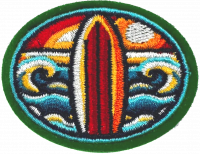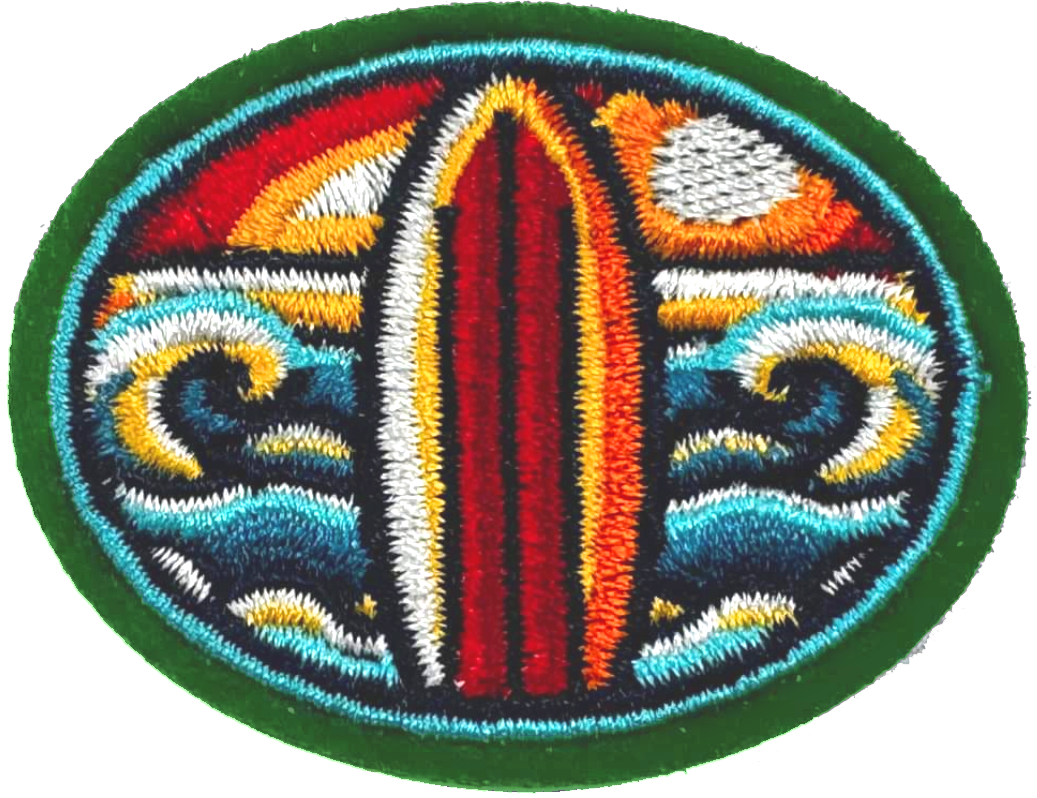Respuestas para la especialidad JA de Surf
From Pathfinder Wiki
1
Definir el surf.
2
¿Cuáles son los siete elementos necesarios para practicar surf?
3
¿Qué es el rango de mareas?
Boaters, fishers, and sightseers should carefully consider the tidal range in their plans. Areas with a large tidal range look very different at high and low tide and the incoming tide can catch people unaware with deadly consequences. Tidal currents are typically stronger in areas of large tidal range or during periods of increased tidal range (spring tides).
4
¿Por qué el rango de mareas varía de un lugar a otro?
5
¿Cuál es la diferencia entre marea baja y marea alta?
6
¿Cómo se producen las mareas bajas y altas?
7
What are spilling waves and dumping waves?
8
¿Qué es una resaca?
9
Nombrar cinco cosas que puedan identificar una resaca.
Things to identify and look for are:
- Deeper and/or darker water
- Fewer breaking waves
- Sandy coloured water extending beyond the surf zone
- Debris or seaweed
- Significant water movement
10
¿Qué se debe hacer si está atrapado en una corriente de resaca?
11
Nombrar al menos cinco consideraciones de seguridad para practicar surf.
12
Nombrar al menos cinco reglas de etiqueta del surf.
Here are a few basic tips that apply to all board riders catching waves. If you are unsure, ask a lifeguard to explain.
- Priority goes to the person closest to the peak
- Do not snake
- Priority goes to the person furthest out
- Paddle wide, not through the peak
- Do not drop in
- If you are caught inside a wave, stay in the white water
- Do not throw your board
- Do not dive head first
- Priority goes to the person ‘first to feet’ or ‘on the wave’
- To communicate call ‘left’ or ‘right’
13
¿Qué día creó Dios el mar?
14
Identifica cinco versículos bíblicos acerca de las olas y el mar.
15
¿Qué atributos de Dios vienen a la mente cuando experimenta el océano?
16
Participar en una clase de surf de dos horas O ir a surfear al menos cinco veces con alguien que pueda enseñarle.



